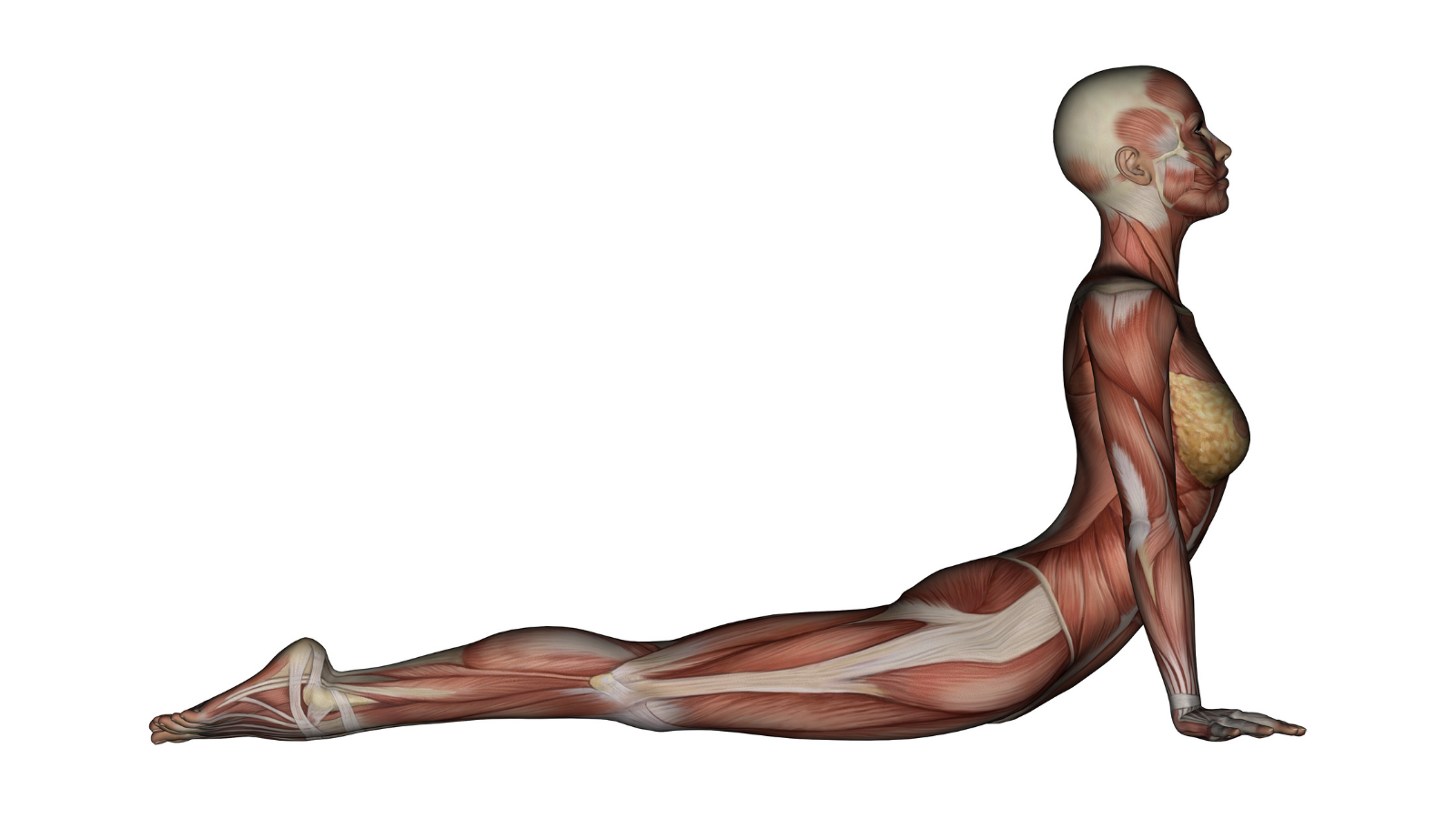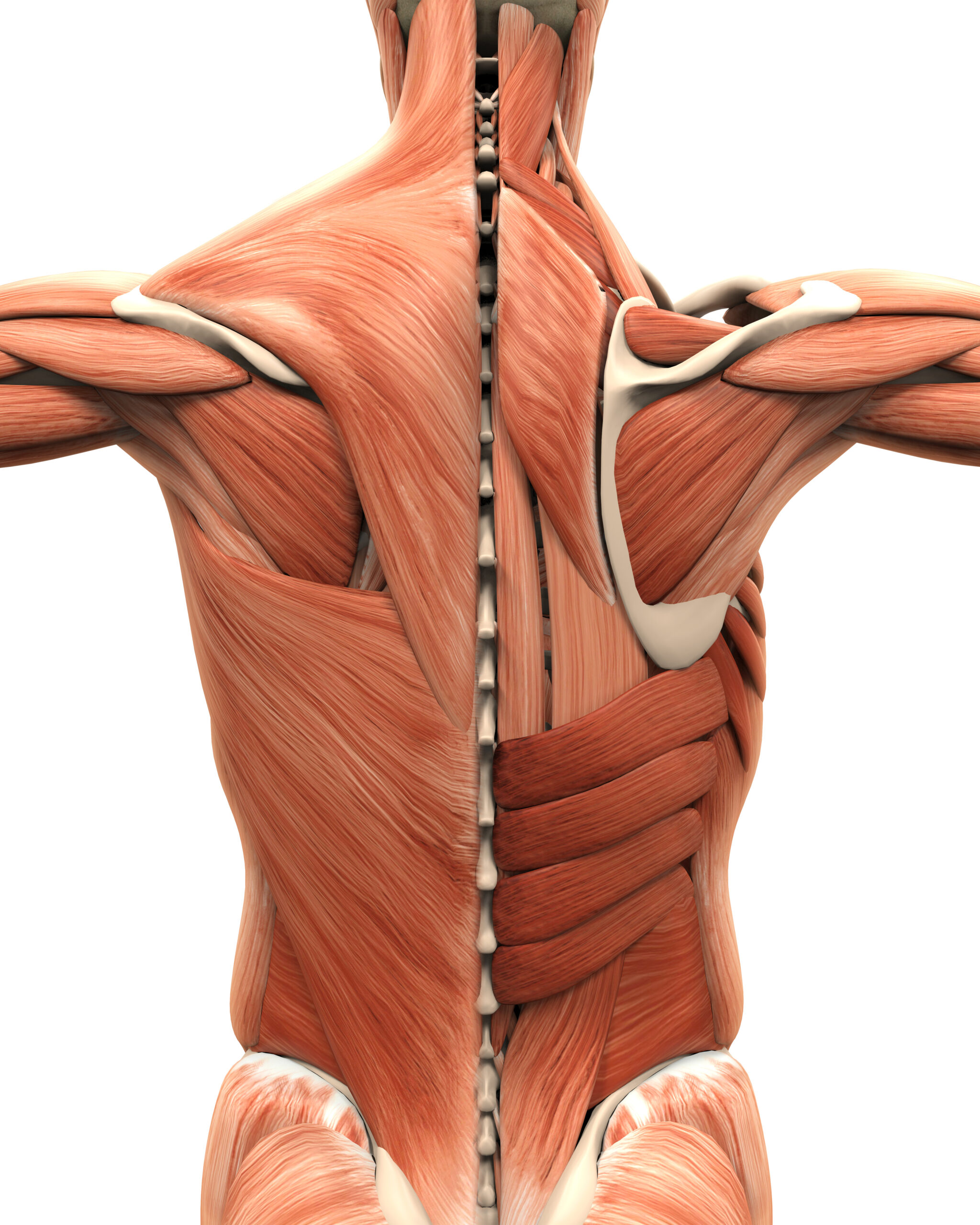Study: Bodywork May Help Thickened Fascia

Article At A Glance
Can bodywork help with musculoskeletal pain caused by thickened fascia? Dr. Russell Schierling updates us on the latest scientific research on the topic here.
OK. We are finally down to rubber-meets-the-road time. Thickened fascia and other connective tissues really are a thing, but the question on everyone’s mind is, “What can be done about them?” Scratch that. Multitudes of people already know that bodywork is incredibly helpful in the war against thickening and densification. Let’s look at what peer-review says concerning this topic. Not because I (or any of you other bodyworkers reading this) somehow need a pat on the back, but it’s always nice to see that science is proving out what we do.
Hyaluronan and Hyaluronic Acid
Let’s spend some time dissecting a study from the Journal of Bodywork and Movement Therapies (Evaluation of Hyaluronan Content in Areas of Densification Compared to Adjacent Areas of Fascia). But before we do, I want to take a few moments to discuss hyaluronan or hyaluronic acid (HA).
Hyaluronan was discovered in 1934, and less than a decade later people were trying to use it commercially—as an egg substitute (the whites) in commercial baking applications. Interestingly, hyaluronic acid would remind you of egg whites, only much slicker and less sticky. So it’s not surprising that it has been in use since the early 1990s as a natural substance that became a patented “drug” made from rooster combs. Many companies have their own “patented” version—the shots people have injected into their knees trying to stave off replacements for a year or two, or in some cases, maybe more.
Great stuff, especially when compared to corticosteroid injections. But If insurance companies are going to pay big bucks for hyaluronic acid injections, they should be paying for stem cell treatments. Also realize that there are untold numbers of hyaluronic acid supplements on the market, mostly to improve joint function/arthritis pain and as beauty aids for skin, hair, and nails. But I digress.
Why is Hyaluronan Important?
According to the study:
“Epimysial fascia is a type of deep fascia that ensheaths muscles and helps to define their shape and structure. It is continuous with the tendon, allowing it to transmit forces. There are three layers … and between each layer is areolar connective tissue rich in hyaluronan. Hyaluronic acid is a polysaccharide in the extracellular matrix that provides both lubrication and resistance to compression. Under normal physiological conditions, hyaluronic acid is responsible for normal gliding motion between components of fascia, muscle, nerves, lymphatics and blood vessels.”
How Does Hyaluronic Acid Affect Thickened Fascia?
No wonder hyaluronic acid is popular. But the question remains whether there is hard evidence of how it is affected (or affects) thickened fascia and other connective tissues. (Notice how it is “continuous with the tendon”). Connective tissues are rich in hyaluronic acid, which allows the moving parts to glide smoothly and effortlessly on each other. This study shows how too much of a good thing can become a bad thing.
Thickened fascia and densified connective tissues actually contain increased amounts of hyaluronic acid, leading to molecular clumping, which in turn leads to a change (thickening) in the consistency of the fluid lubricant. As you might suspect, this has the potential to cause both dysfunction and pain.
Centers for Coordination

Back in 2004 the patriarch of the Italian family renowned for fascia research and treatment (Luigi Stecco) published a book (Fascial Manipulation for Musculoskeletal Pain) in which he discussed a structure/phenomenon he coined as “Centers for Coordination.” These points, usually distant from the pain—remember what we saw earlier—correspond to convergences of tension found in normally functioning fascia.
Stecco taught that these centers—14 of them, just as I believe there are 14 muscle meridians in Tom Myers’s Anatomy Trains— are, according to his method of treatment, the prime site(s) for treatment. How important are these Centers of Coordination in the Stecco Method? Basically, they are everything.
They are the points of muscle convergence, where movement actually originates. They also correspond to areas where the muscle becomes the tendon. They are also said to help regulate the ways that muscles pennate or slightly change their line of pull so that they have a better mechanical advantage.
Stecco taught that if the fascia around the muscle spindle does not glide well, sensory nerves become inflamed and irritated, which will always reflex back to the motor side of the equation—repeat cycle. Furthermore, Stecco taught that while not the same, these Centers of Coordination are related to both trigger points and acupuncture points.
Thickened fascia and musculoskeletal pain
 This is why Stecco taught that most of the musculoskeletal pain people have is caused by fascia rather than coming from the joint itself. The idea of Centers of Coordination begins to make sense once you start to realize that pain does not always follow nerves but instead tends to be seen in the body’s motor control pattern sequencing or the loss thereof. With this as our background, back to the study.
This is why Stecco taught that most of the musculoskeletal pain people have is caused by fascia rather than coming from the joint itself. The idea of Centers of Coordination begins to make sense once you start to realize that pain does not always follow nerves but instead tends to be seen in the body’s motor control pattern sequencing or the loss thereof. With this as our background, back to the study.
“Changes in concentration and molecular structure of hyaluronic acid in Centers of Coordination result in a restriction of gliding termed ‘densifications.’ When subjected to increased stresses involving mechanical, pH or temperature changes, pohyaluronic acidlymerizes to form long-chain molecules and becomes more viscous. Polymerized hyaluronic acid is thought to provide increased structural protection to myofibrils undergoing stress by creating a densification at the Centers of Control.
“While this entanglement of hyaluronic acid protects the myofibrils, it restricts the glide and normal motion, creating dysfunction. There are both myelinated and non-myelinated nerve fibers distributed throughout the deep fascia which may become sensitized during dysfunctional motion of fascia and contribute to a variety of myofascial pain syndromes.
Entrapment Neuropathies
Let’s unpack these two paragraphs. First, things like pH, heat/friction, and mechanical dysfunction cause the body to undergo a protective mechanism. In the same way that calcium deposits and bone spurs are a negative effect of Wolff’s Law, so likewise is thickened fascia. The result is pain and abnormalities in motion/movement patterns brought on by the fact that the nerves themselves can become “embedded” in this densified, fibrotic, microscopically disorganized mess of thickened fascia.
We call these entrapment neuropathies, and the more of them I treat, the greater my realization of why adjustments, therapy, and stretching are, in many cases, useless in addressing them, at least without addressing the thickened fascia first.
Studying Thickened Fascia and Hyaluronic Acid
In this experiment, the authors looked at samples of cadaver fascia taken from a specific lower extremity Center of Coordination known as La-Cx and compared the way that the thickened fascia from the sample took certain stains to the way that surrounding tissues took the same stains. The stains attached themselves to the polymerized hyaluronic acid, which is one of the hallmarks of thickened fascia.
The differences were remarkable and easy to see under the microscope. While the study certainly had its share of limitations (after all, it was a cadaver study), and does not “prove” anything about bodywork being able to resolve thickened fascia or other thickened/densified connective tissues, it shows that there is a very distinct difference between such tissues.
Resolution of Pain and Dysfunction Caused by Thickened Fascia

Are you ready to step out of the box that is standardized medical care? For many of you, it’s your only hope. That would be only as in only. Not only are the drugs not working, but I could provide you with examples of each and every one of the big five drugs actually causing the very problems they are supposed to be solving. Corticosteroids are the most obvious, as they actually deteriorate/degenerate collagen-based tissues. These are virtually all of the tissues that make up joints.
I’m not suggesting for one moment that you abandon your doctor or whatever medical care you are currently undergoing or receiving. I am suggesting that you research everything. That would be everything, as in everything that they tell you or suggest you do. That would include me as well.
Also, read...
Yoga Anatomy: Release Your Tight Psoas Muscles with Clinical Somatics
Dr. Ray Long: Stabilizing the Shoulders in Downward Dog and Upward Hands Poses
Are You Making This Common Stretching Mistake in Yoga?
Related courses
Breath as Medicine: Yogic Breathing for Vital Aging
Yoga and Myofascial Release: Releasing Chronic Tension with the Bodymind Ballwork Method
Yoga and Detoxification: Tips for Stimulating Lymphatic Health

Dr. Schierling is a licensed chiropractor and world-renowned chronic pain specialist. Dr. Schierling specializes in a holistic approach to helping end his patients’ chronic pain that includes Scar Tissue Remodeling Therapy.



